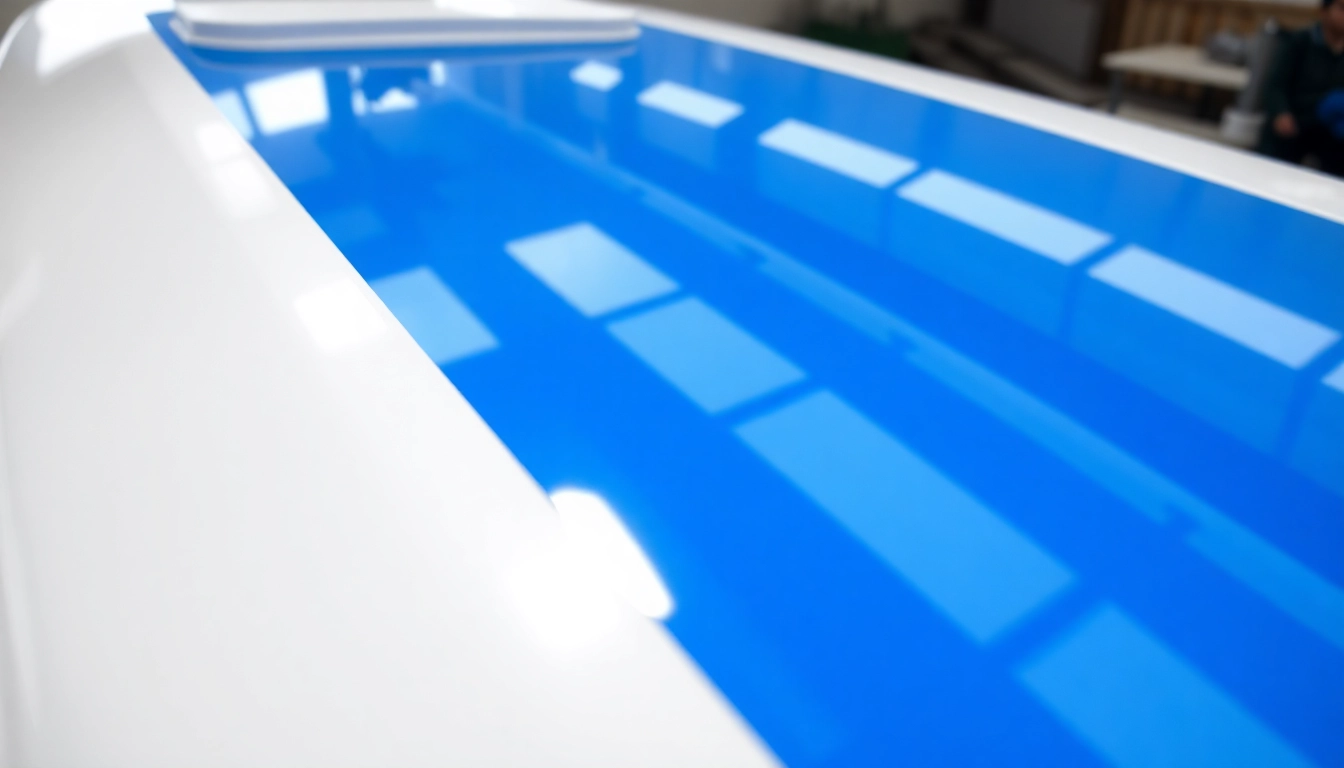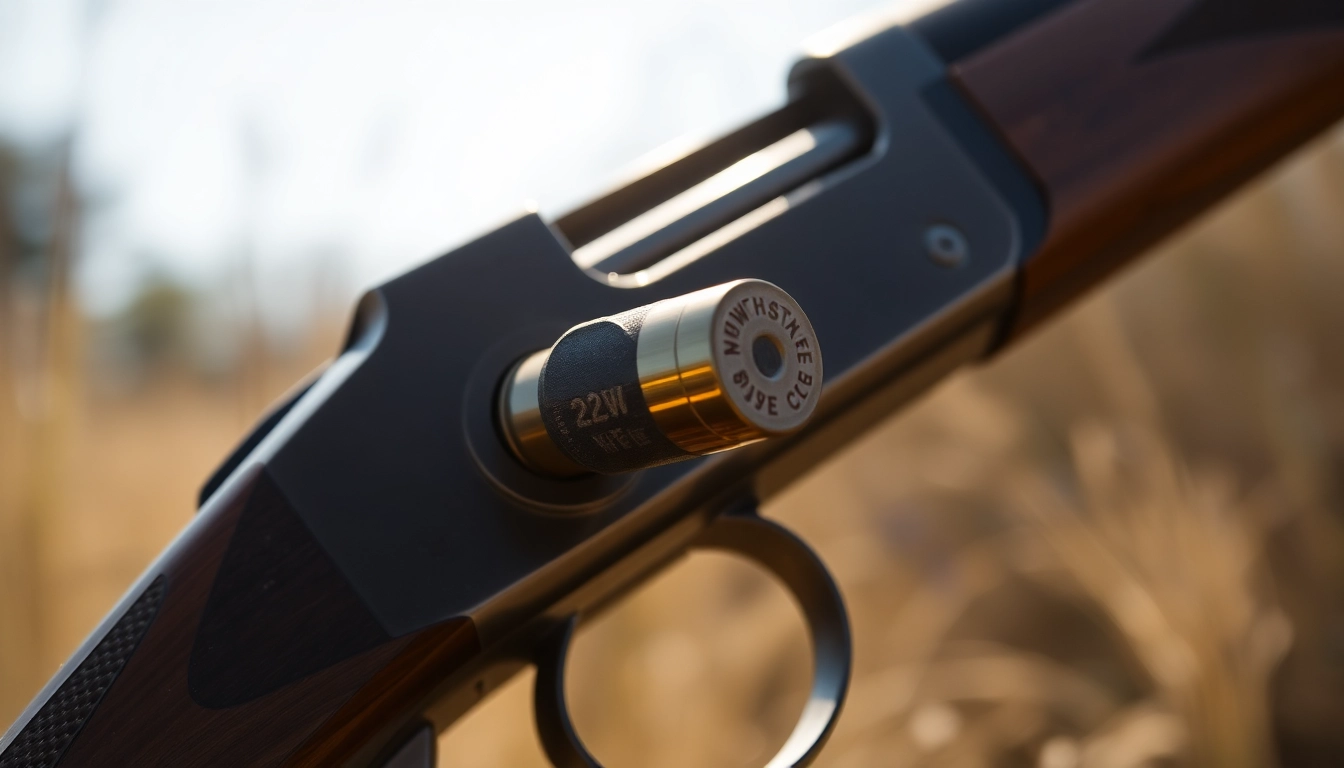Comprehensive Guide to Marine and Vehicle Sealants: Achieving Long-Lasting Protection and Shine
Introduction: The Importance of Effective Protective Coatings
Maintaining the pristine condition of your boat, van camper, or motorhome requires more than just routine cleaning. One of the key steps to ensuring longevity, aesthetic appeal, and resistance against environmental elements is applying high-quality Boots Versiegelung. This specialized protective layer shields surfaces from UV rays, saltwater, dirt, and other corrosive factors, preserving both the appearance and structural integrity of watercraft and leisure vehicles. In this comprehensive guide, we’ll explore everything you need to know about marine and vehicle sealants, from their basic science to the latest innovative products on the market, providing you with practical insights to make informed decisions for your maintenance routine.
Understanding Boots Versiegelung: What and Why?
Definition and Core Purpose
Boots Versiegelung, or boat sealing, refers to a polymer-based protective coating designed specifically for the unique surfaces of boats, yachts, and other watercraft. These coatings form a durable barrier that resists UV degradation, saltwater corrosion, biological buildup, and mechanical wear. Essentially, they function as a second skin that maintains the vessel’s gloss, prevents oxidation, and facilitates easier cleaning.
Why Is Proper Sealing Essential?
Without proper sealing, surfaces like gelcoat and fiberglass become vulnerable to environmental damage, leading to faded appearances, surface pitting, and eventual material degradation. A high-quality sealant prolongs the lifespan of your vessel, reduces maintenance costs, and ensures that your boat retains its value and optimal performance over time. It also simplifies cleaning procedures since contaminants are less likely to adhere to sealed surfaces.
Types of Marine and Vehicle Sealants and Their Benefits
Polymer-Based Sealants
These are the most prevalent in marine applications due to their excellent adhesion and flexibility. They create a polymer matrix that provides UV resistance, water repellency, and chemical stability. Modern formulations often include nanotechnology for enhanced durability.
Ceramic Coatings
Ceramic top coats offer advanced protection by forming a semi-permanent, chemically bonded layer that provides unparalleled resistance to scratches, stains, and UV rays. They deliver a high-gloss finish and maintain long-term protection with minimal maintenance.
Gelcoat and Traditional Wax Coatings
While gelcoat polish and wax are traditional methods, they often require frequent reapplication. Modern sealants outperform these in longevity and protective capabilities but can be used in conjunction with them for a layered approach.
The Science Behind Polymer and Ceramic Surface Protection
Polymer Chemistry and Cross-Linking
Polymer sealants consist of long-chain molecules that bond with the surface through chemical reactions, creating a protective film. This film is elastic, allowing it to withstand flexing and prevents cracking or peeling. Cross-linking enhances this effect, making the coating more resistant to environmental stressors.
Nanotechnology and Ceramic Particles
The latest ceramic coatings incorporate nanoceramic particles that penetrate surface porosities at a molecular level. They form a semi-permanent bond, significantly increasing surface hardness, hydrophobicity, and chemical resistance. This leads to a surface that is easier to clean and less prone to damage.
Applying Boots Versiegelung: Step-by-Step Guide
Surface Preparation and Cleaning
Proper preparation is critical for maximum adhesion and longevity. Begin by thoroughly cleaning the surface using high-quality marine cleaners or the BCC Power Cleaner. Remove wax residues, dirt, and biological matter with mechanical tools like the BCC All Stars Plus Waschbürste or BCC Microfaser Towels. Degreasing with isopropanol can further enhance surface readiness.
Application Process
- Apply the selected sealant in a shaded, dust-free environment to prevent premature curing or contamination.
- Use applicators such as foam pads or microfiber cloths to spread a thin, even layer of the sealant across the surface.
- Follow manufacturer instructions regarding drying or curing times, typically 15-30 minutes.
- Use soft polishing tools like BCC Polierpuck or BCC Polierschwämme to buff the surface for a high-gloss finish.
Drying and Curing
Allow the sealant to cure fully according to the product instructions, avoiding water exposure during this period. For coatings with ceramic properties, curing times can extend up to 24 hours for optimal durability.
Maintenance and Reapplication
Regular cleaning with non-abrasive tools, such as BCC Towels Vorteilspack, preserves the coating. Reapplication intervals vary from 6 to 12 months depending on usage and environmental conditions. Always inspect for signs of wear or degradation.
Market Leaders: Top Products for Marine and Vehicle Protection
Features of Leading Sealants
The best products combine ease of application with excellent protective properties. For instance, the BCC Power Sealer offers a high-gloss, hydrophobic finish, coupled with chemical resistance. The Gtechniq Ceramic Top Coat provides unmatched surface hardness and dirt repellency, making maintenance a breeze.
Price-Performance Insights
Premium sealants like the BCC Power Sealer and Menzerna Gelcoat Protection deliver long-lasting results, though at higher prices. Budget-friendly options, including basic gelcoat polishes, may require more frequent reapplications but still offer satisfactory protection for casual users.
Customer Feedback and Real-World Testing
User reviews highlight the outstanding durability of ceramic coatings, with many reporting maintains of shine and protection over multiple seasons. Testing shows that products with nanotechnology outperform traditional waxes in hydrophobicity and ease of cleaning.
Post-Application Care: Ensuring Longevity of Your Sealant
Routine Cleaning Tips
Use pH-neutral cleaning agents like BCC Power Cleaner along with microfiber towels to avoid stripping the protective layer. Avoid abrasive brushes or steel wool that can damage the coating.
Reapplication and Surface Refreshing
As the coating wears over time, reapply a fresh layer to restore the protective barrier. For ceramic coatings, a booster or topper can enhance gloss and hydrophobicity—use products like BCC Power Sealer for this purpose.
Common Mistakes and How to Avoid Them
Applying sealants in direct sunlight, applying too thick layers, or neglecting surface preparation can compromise results. Always ensure surfaces are clean, dry, and cool before application.
The Future of Boots Versiegelung: Trends and Innovations
Ceramic and Nanotech Breakthroughs
Innovations continue to enhance durability and reduce application time. New formulations incorporate nanoceramics that bond more effectively for longer-lasting protection.
Eco-Friendly and Sustainable Coatings
Emerging products focus on environmentally benign ingredients, avoiding volatile organic compounds (VOCs) while maintaining high performance. Natural nanomaterials and water-based formulas are gaining popularity.
Enhanced Surface Maintenance Concepts
Integrating IoT sensors or smart coatings that monitor surface health could revolutionize maintenance, providing real-time feedback and custom reapplication schedules.


